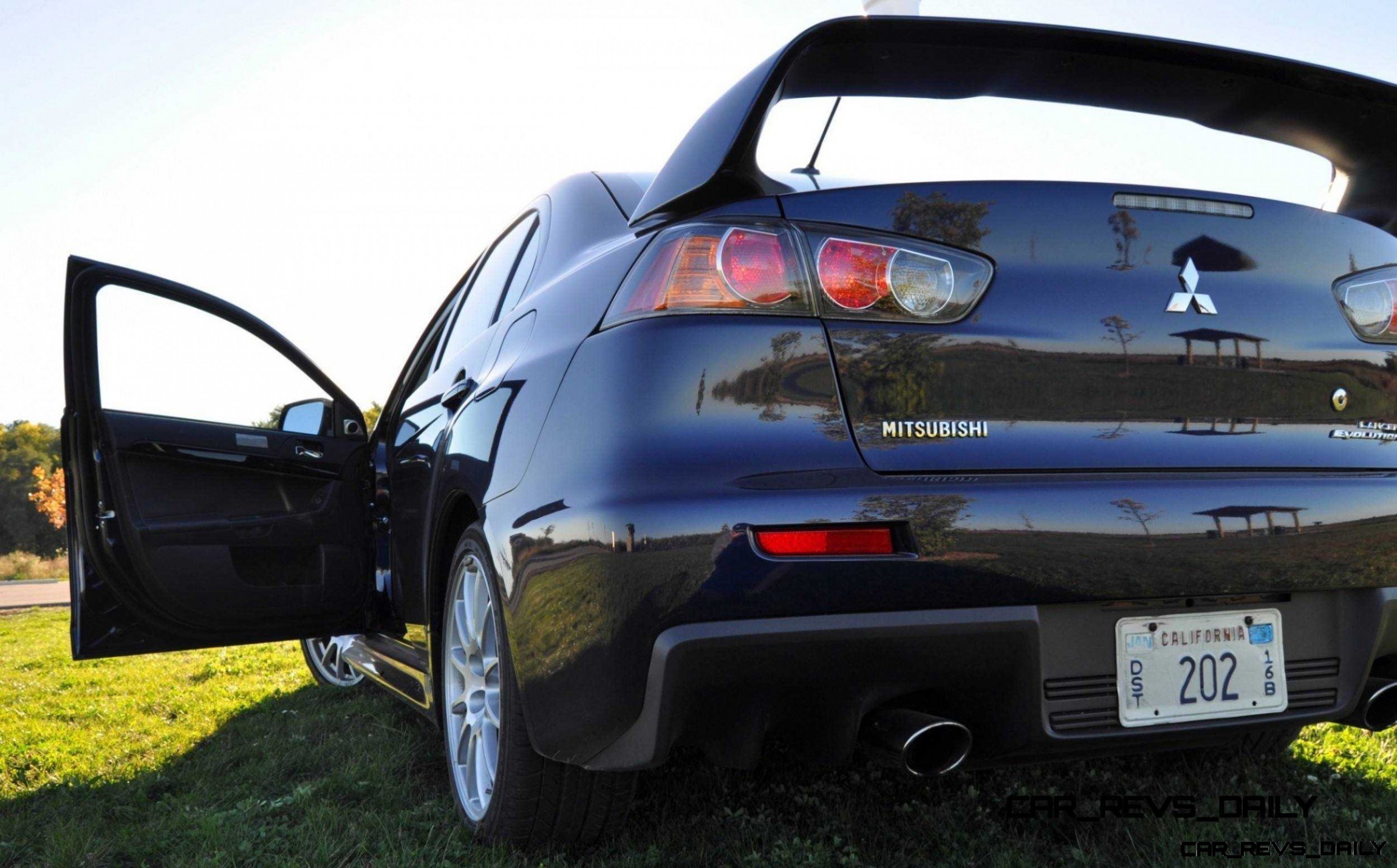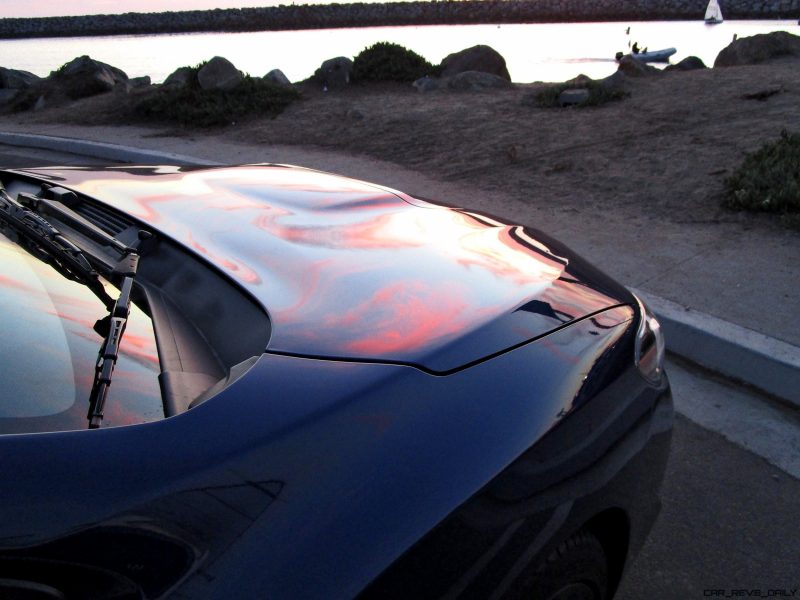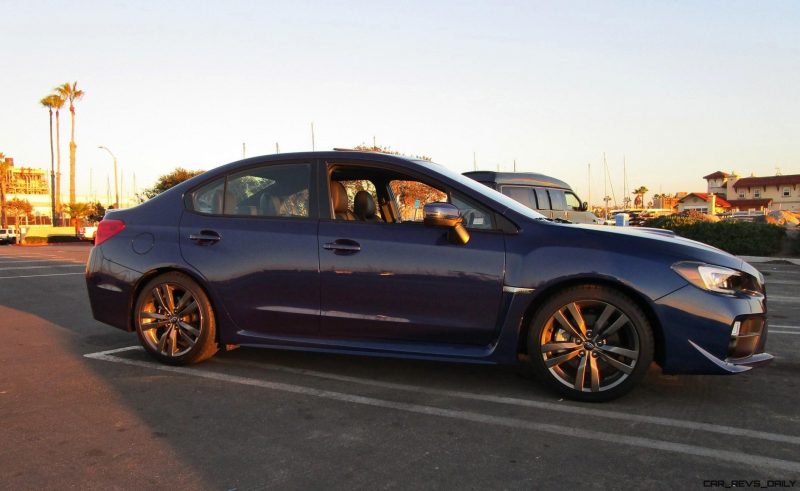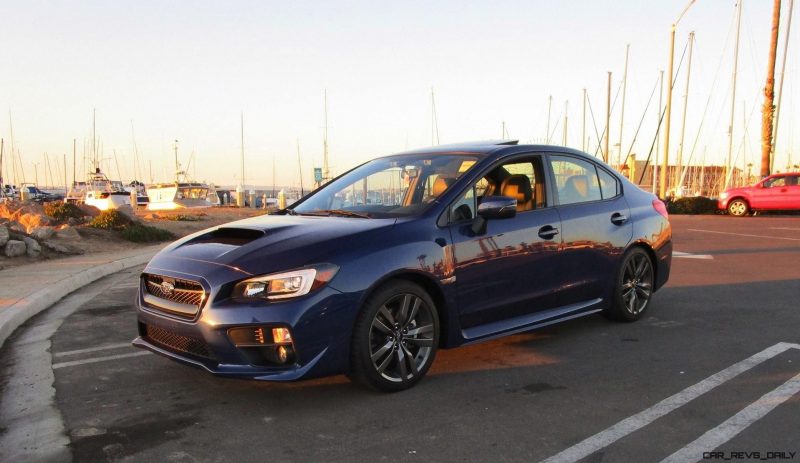Around twenty years ago, the likes of the Subaru Impreza and Mitsubishi Lancer Evolution were reaching the height of their desirability. Many would say they were also at their design peak as well, and cars of that era are still considered by many to be the most stylish of all the models produced. Both these cars are still being sold across the States, and have earned a very loyal following from their fans.
Those who drive and keep these cars form a deep attachment to them, feelings that many will cheerfully confess could be described as love; but what is it about these quirky Japanese performance cars that win the hearts of petrol heads?
Where did they come from?
The origins of this specialist niche began with the cars produced for the FIA World Rally Championship in the early 1990s. Both Subaru and Mitsubishi raced and in fact dominated the sport at this time, and out of this success the road car versions soon started making waves.
Here were cars that looked like standard family saloons, albeit with a few extra bits of body kit on them, that could outperform most other cars on the road and even give supercars a run for their money. Their popularity spread across Europe and over to the States, and the rest as they say is history.
What is it about them?
For the uninitiated, they may seem to be a rather peculiar combination of sports car and family sedan. Sportscars have always been popular – streamlined two-seater or two plus two works of art that could turn heads and impress with their speed and handling. On the other hand, family cars were all about practicality, and were notoriously poor at cornering.
When it came to having a family, the practical had to take precedence, and unless you were well-off and could afford to keep it in addition to the family car, you’d be waving goodbye to your sporty number. With Imprezas and Evos, you still had comfortable seating for the whole family and room for the week’s groceries or your vacation luggage, but you had performance that exceeded the capabilities of any sports car. That’s why they appeal so much to people who love driving, because they could outperform and outhandle virtually anything on the road.
What are they like to drive?
Earlier models had very few electronic tricks up their sleeves, so the height of technical wizardry in a 1997 Impreza would have been the anti-lock braking system. This meant that to drive them well and safely, you had to be a genuinely good driver. With no clever correcting systems to rescue you from your mistakes, if you pushed one of these cars too hard, you’d regret it. At the time, the Impreza WRX and the Evo could outdo all but the highest-powered Porsches, and drivers loved to be able to accelerate away from a 911 in a car that cost around a quarter of the price of a Porsche and had none of the driver aids.
Over the years the bells and whistles have been added, and new models come with features such as vehicle dynamics control and quick ratio steering. Die-hard fans feel these additions have reduced the performance of the cars and made them less special, but that’s a matter of opinion, which others disagree with of course. If you don’t have the skills of a NASCAR driver then having a car equipped with driver aid technology will enable you to enjoy the experience without putting yourself at risk. Regardless of your skill levels, the joy of driving these cars is in their extraordinary combination of acceleration and handling prowess.
What are they like to own?
One of the problems with expensive cars is that they have expensive replacement parts and servicing costs to match. The Mitsubishi is the more expensive of the two makes, and although parts aren’t cheap, they aren’t in the range of Porsche or other elite manufacturers. The Subaru has always been the cheaper option, and running costs are correspondingly lower. For both makes there are good quality after-market spares and parts that can save you money without compromising quality. For example, using high spec replacement windshields from the Allstar Glass Corporation, or brake calipers from a specialist manufacturer rather than Subaru originals. Don’t be tempted to scrimp on tires, as you will be expecting them to take a lot of strain when you’re cornering. Use recognized brands with recommended tread and profile for the best and safest performance. Engines are generally very robust, easily achieving two hundred thousand miles and often more. These cars are not like the temperamental performance cars of old; having Japanese engineering and its renowned reliability means they will very rarely let you down, as long as you keep them well-maintained and serviced.
Getting the most from your Japanese legend
To appreciate what your car can really do, you need to get out on a track and put it through its paces. There are plenty of opportunities to compete with your car too, from entry level track racing to rallying and hill-climbing. Because of their all wheel drive capability, these cars are able to perform on different surfaces and terrains, and will give you immeasurable thrills in the process. For some enthusiasts the fun of modifying their vehicles adds an extra dimension to the enjoyment, and there is a dizzying array of extras and replacement parts you can get to modify your car.
In terms of eco-friendliness, these cars may not be the best, but are nowhere near the worst for the production of carbon dioxide. Other than this and a few minor issues like the ridiculously large turning radius and a certain notoriety concerning the standard brakes on older models (they work fine as long as you know how to use them!), there’s really very little to criticize on these cars. If you’ve never experienced the unique thrill of driving a Japanese legend, give it a try and find out what you’ve been missing!

CRD Auto Industry Insider may contain helpful and on-topic partner content that auto enthusiasts and car shoppers find valuable.






